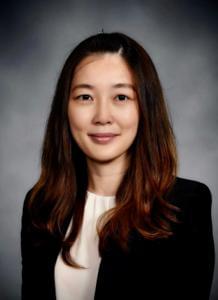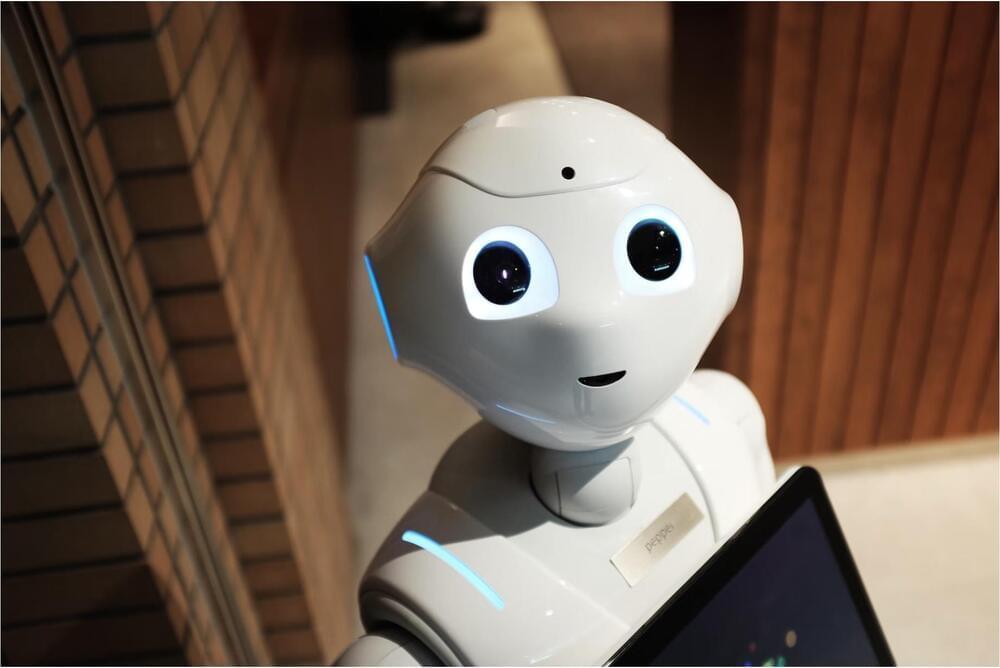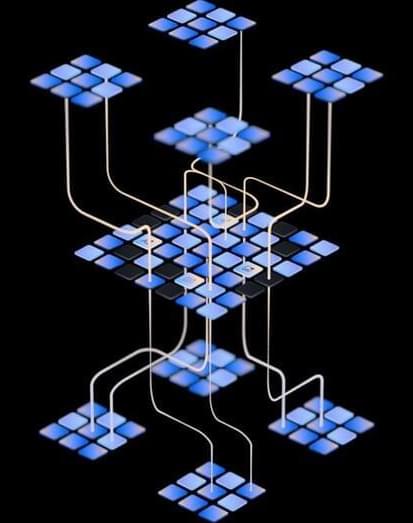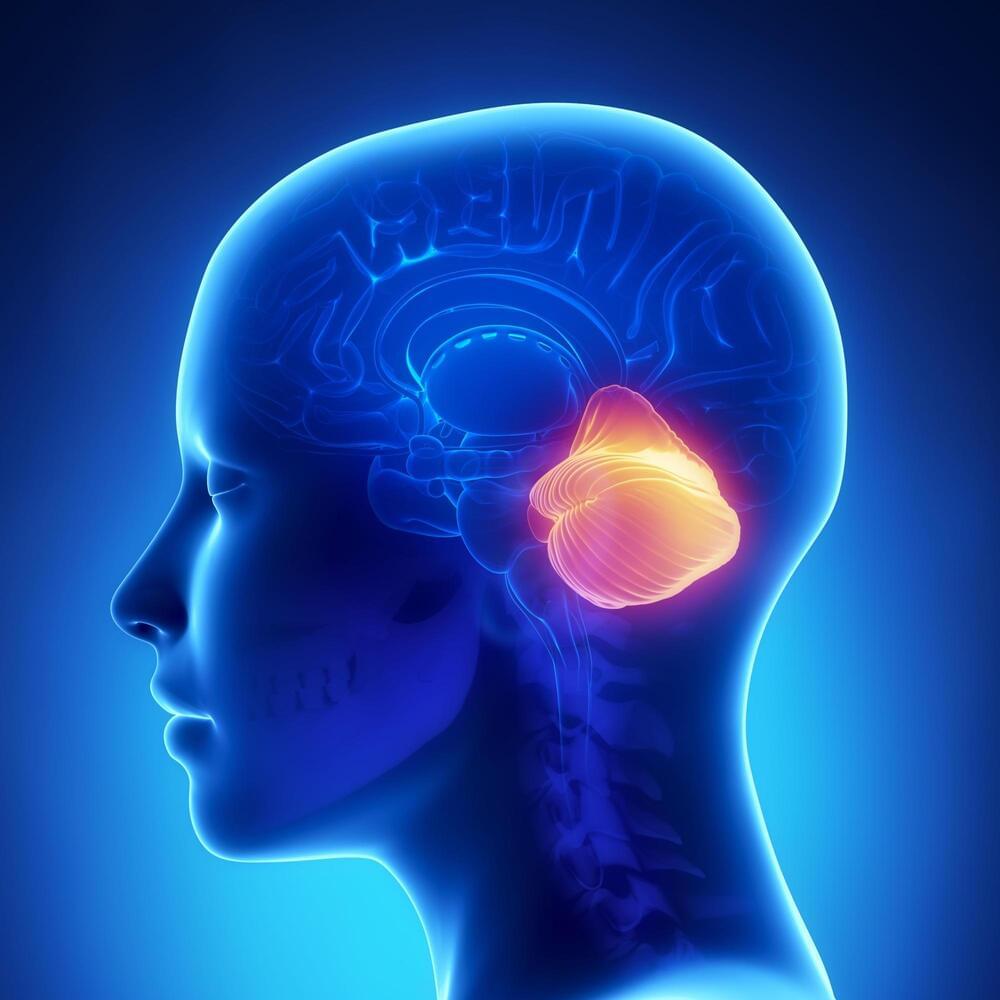Cambridge researchers have identified magnetic monopoles in hematite, suggesting new possibilities for advanced, eco-friendly computing technologies. This first-time observation of emergent monopoles in a natural magnet could unlock new avenues in quantum material research.
Researchers have discovered magnetic monopoles – isolated magnetic charges – in a material closely related to rust, a result that could be used to power greener and faster computing technologies.
Researchers led by the University of Cambridge used a technique known as diamond quantum sensing to observe swirling textures and faint magnetic signals on the surface of hematite, a type of iron oxide.









